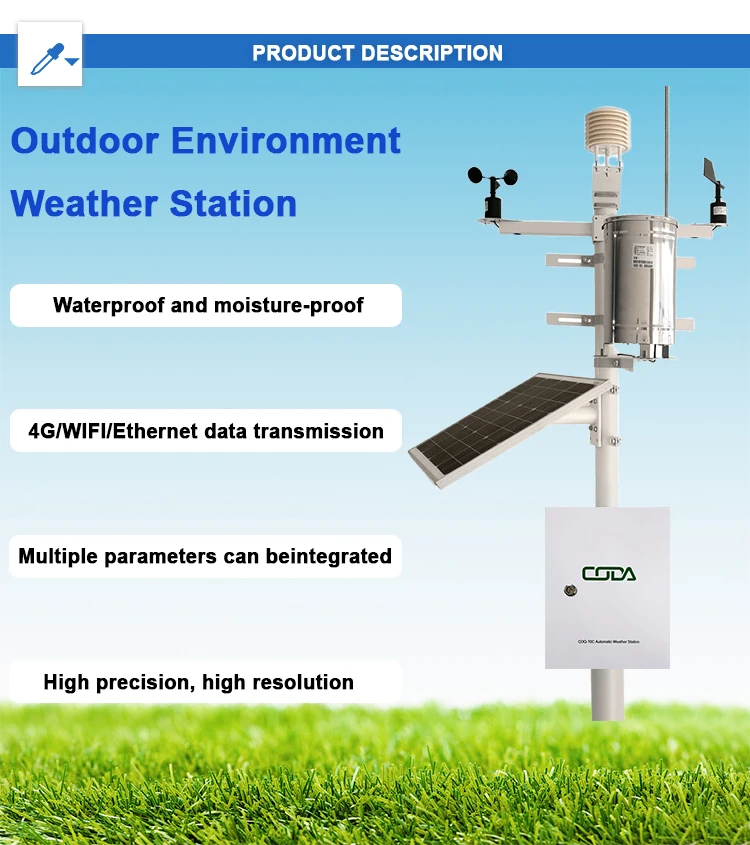
# Automatic Weather Station: Definition and Functionality
## What is an Automatic Weather Station?
An Automatic Weather Station (AWS) is a sophisticated system designed to collect meteorological data without the need for constant human intervention. These stations are equipped with various sensors that measure atmospheric conditions such as temperature, humidity, wind speed and direction, rainfall, solar radiation, and barometric pressure.
AWS units have become essential tools for meteorologists, agricultural planners, aviation authorities, and climate researchers worldwide. They provide continuous, real-time data that helps in weather forecasting, climate monitoring, and various industrial applications.
## Key Components of an Automatic Weather Station
1. Sensors
The heart of any AWS consists of multiple specialized sensors that measure different weather parameters. Common sensors include:
- Thermometers for temperature measurement
- Hygrometers for humidity levels
- Anemometers for wind speed
- Wind vanes for wind direction
- Rain gauges for precipitation measurement
- Barometers for atmospheric pressure
- Pyranometers for solar radiation
2. Data Logger
The data logger is the brain of the system, responsible for collecting, processing, and storing measurements from all sensors at predetermined intervals (typically every 5-60 minutes).
3. Power Supply
Most AWS units operate on solar power with battery backup, making them suitable for remote locations without access to electrical grids.
4. Communication System
Modern AWS units transmit data via various methods including radio, cellular networks, or satellite connections, allowing for real-time monitoring from distant locations.
## Functionality and Applications
Weather Forecasting
Automatic Weather Stations provide critical data for numerical weather prediction models. The more stations deployed, the more accurate weather forecasts become.
Agricultural Planning
Farmers use AWS data to make informed decisions about irrigation, planting, and harvesting schedules based on local weather conditions.
Aviation Safety
Airports rely on AWS to monitor conditions that affect flight operations, such as wind shear, visibility, and runway conditions.
Climate Research
Long-term data from AWS networks helps scientists track climate patterns and changes over time.
Disaster Prevention
Early warning systems for severe weather events like hurricanes, tornadoes, and floods often depend on data from automatic weather stations.
## Advantages of Automatic Weather Stations
Compared to traditional manual weather stations, AWS offer several significant benefits:
- Continuous operation 24/7 without human intervention
- Higher frequency of data collection (often every minute)
- Ability to operate in remote or hazardous locations
- Reduced human error in measurements
- Real-time data transmission and accessibility
- Lower long-term operational costs
## Future Developments
The future of Automatic Weather Stations includes integration with IoT (Internet of Things) technology, improved sensor accuracy, and the development of smaller, more cost-effective units. Machine learning algorithms are being implemented to enhance data quality control and predictive capabilities.
As climate change continues to impact weather patterns globally, the importance of reliable, widespread automatic weather monitoring will only increase, making AWS technology more crucial than ever for understanding and adapting to our changing environment.
Keyword: what is automatic weather station